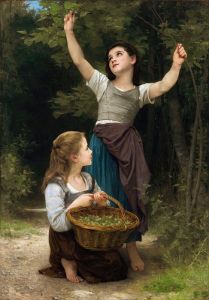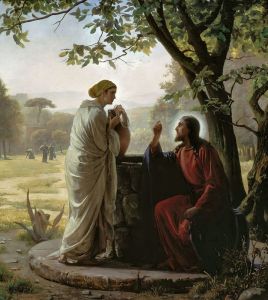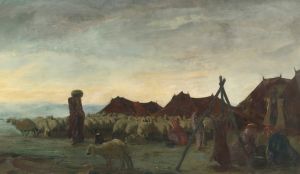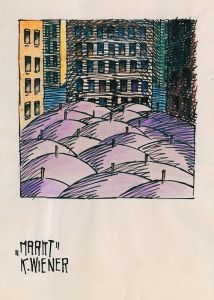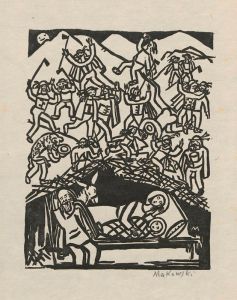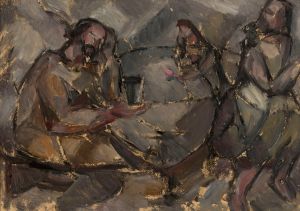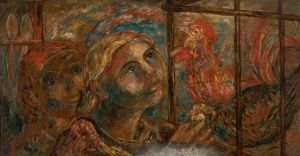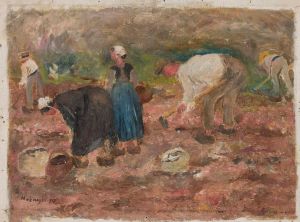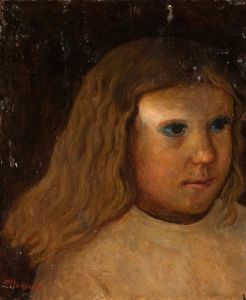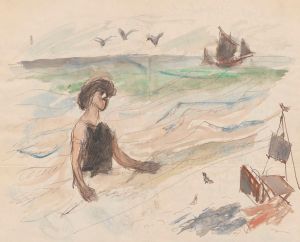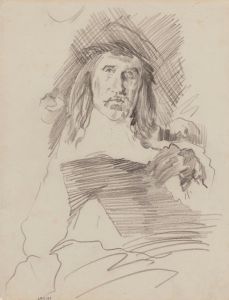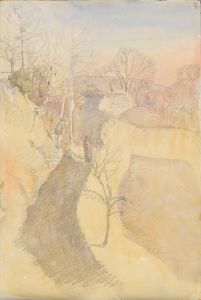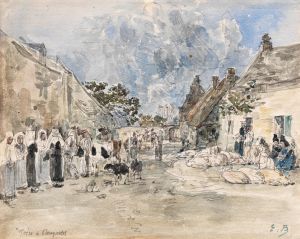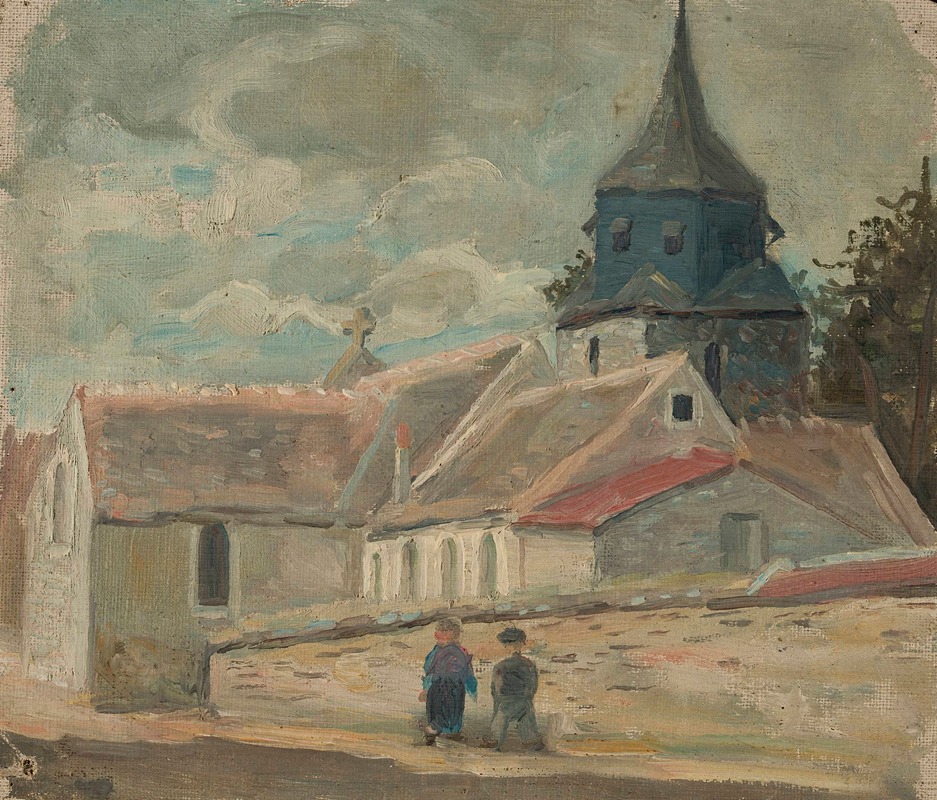
Small village church
A hand-painted replica of Tadeusz Makowski’s masterpiece Small village church, meticulously crafted by professional artists to capture the true essence of the original. Each piece is created with museum-quality canvas and rare mineral pigments, carefully painted by experienced artists with delicate brushstrokes and rich, layered colors to perfectly recreate the texture of the original artwork. Unlike machine-printed reproductions, this hand-painted version brings the painting to life, infused with the artist’s emotions and skill in every stroke. Whether for personal collection or home decoration, it instantly elevates the artistic atmosphere of any space.
Tadeusz Makowski was a Polish painter known for his unique style that combined elements of folk art, symbolism, and modernism. Born in 1882 in Oświęcim, Poland, Makowski initially studied classical philology at the Jagiellonian University in Kraków before pursuing art at the Academy of Fine Arts in Kraków. He later moved to Paris, where he spent much of his career and was influenced by the vibrant artistic community there, including movements such as Cubism.
"Small Village Church" is one of Makowski's notable works, reflecting his fascination with rural life and architecture. While specific details about the painting "Small Village Church" are limited, it is consistent with Makowski's broader body of work, which often depicted scenes of everyday life, children, and rural landscapes. His paintings are characterized by a simplicity and naivety that echo the aesthetics of folk art, yet they are imbued with a deeper, often melancholic symbolism.
Makowski's style is marked by a distinct use of color and form. He often employed a muted palette, with earthy tones that evoke a sense of nostalgia and timelessness. His brushwork is typically loose and expressive, capturing the essence of his subjects rather than focusing on intricate details. This approach allows viewers to engage with the emotional and symbolic layers of his work.
In "Small Village Church," Makowski likely explores themes of community, spirituality, and the passage of time. Churches in small villages often serve as central gathering places, not only for religious purposes but also as cultural and social hubs. Through his depiction, Makowski might be highlighting the integral role such structures play in the life of a village, symbolizing both tradition and continuity.
Makowski's work, including pieces like "Small Village Church," is often seen as a bridge between the past and the present. By drawing on traditional motifs and infusing them with modernist sensibilities, he creates a dialogue between different eras and artistic movements. His paintings invite viewers to reflect on the simplicity and beauty of everyday life, while also considering the deeper, often unspoken narratives that underpin human existence.
Throughout his career, Makowski remained somewhat on the periphery of mainstream art movements, choosing instead to develop his own distinctive voice. His work has been exhibited in various galleries and museums, both in Poland and internationally, and continues to be appreciated for its unique blend of folk influences and modernist techniques.
In summary, while specific information about "Small Village Church" is scarce, it can be understood within the context of Tadeusz Makowski's broader artistic oeuvre. The painting likely embodies his characteristic style and thematic interests, offering a glimpse into the world of rural Poland through the eyes of a deeply introspective and innovative artist.





